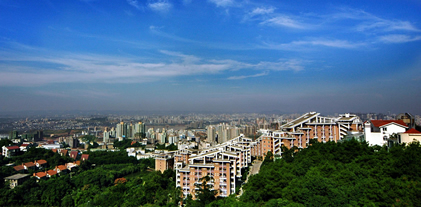教学计划
最新信息
2022年10月17日
| 新闻信息
2022年10月17日
| 实习实践
2022年04月26日
| 新闻信息
2021年11月19日
| 新闻信息
2021年06月19日
| 新闻信息
2021年04月16日
| 聚焦专业
2021年03月11日
| 新闻信息
2020年09月28日
| 聚焦专业
? 2019 All Rights Reserved.
地址:中国 重庆市 南岸区学府大道19号 邮编:400067











